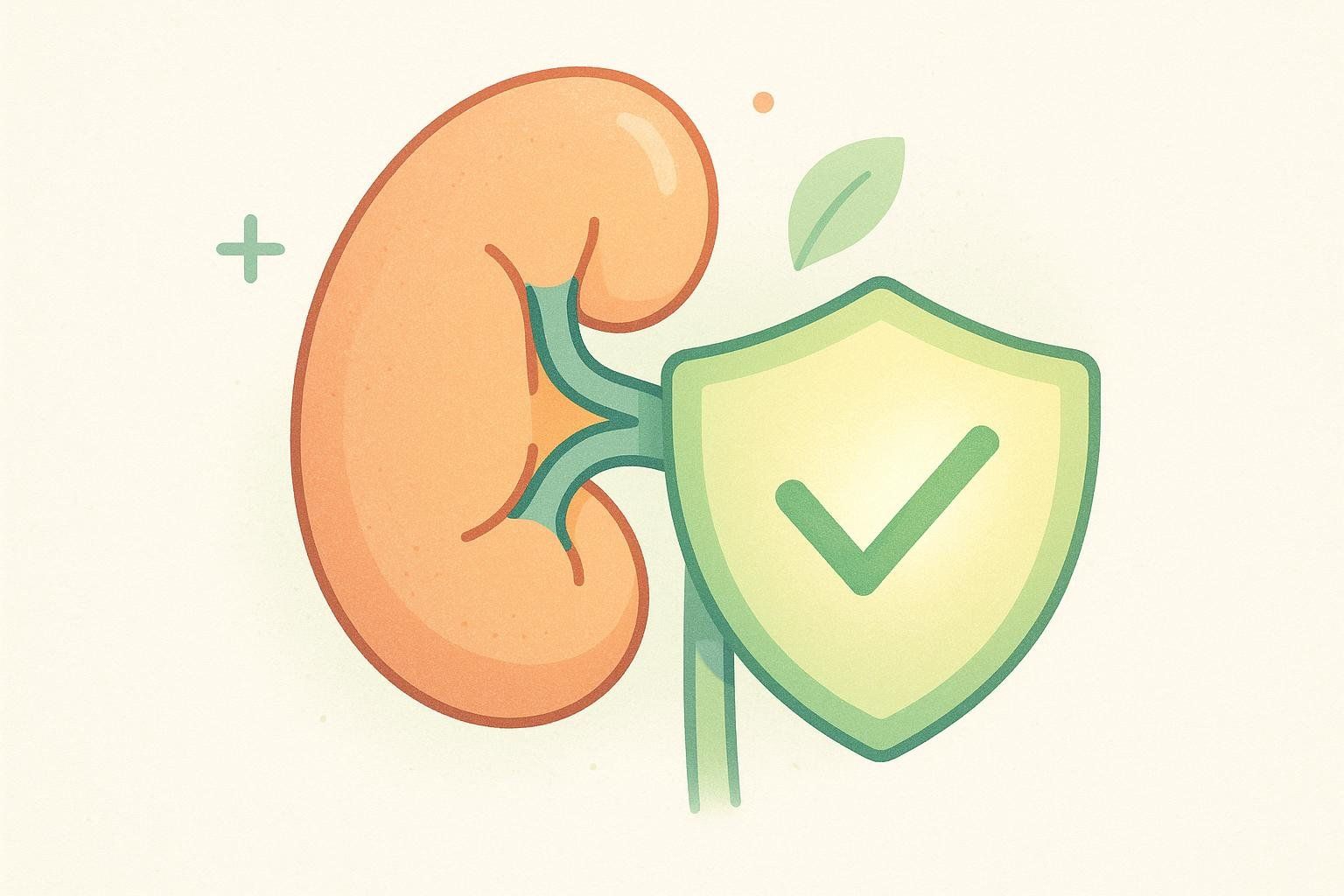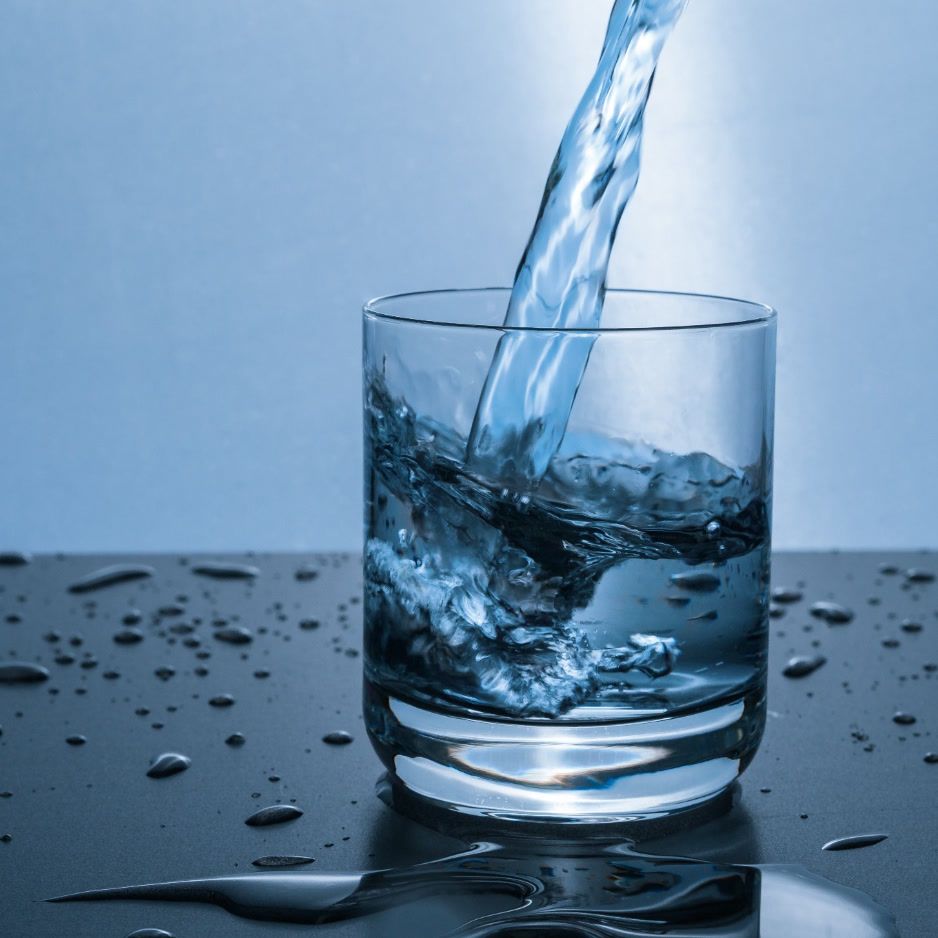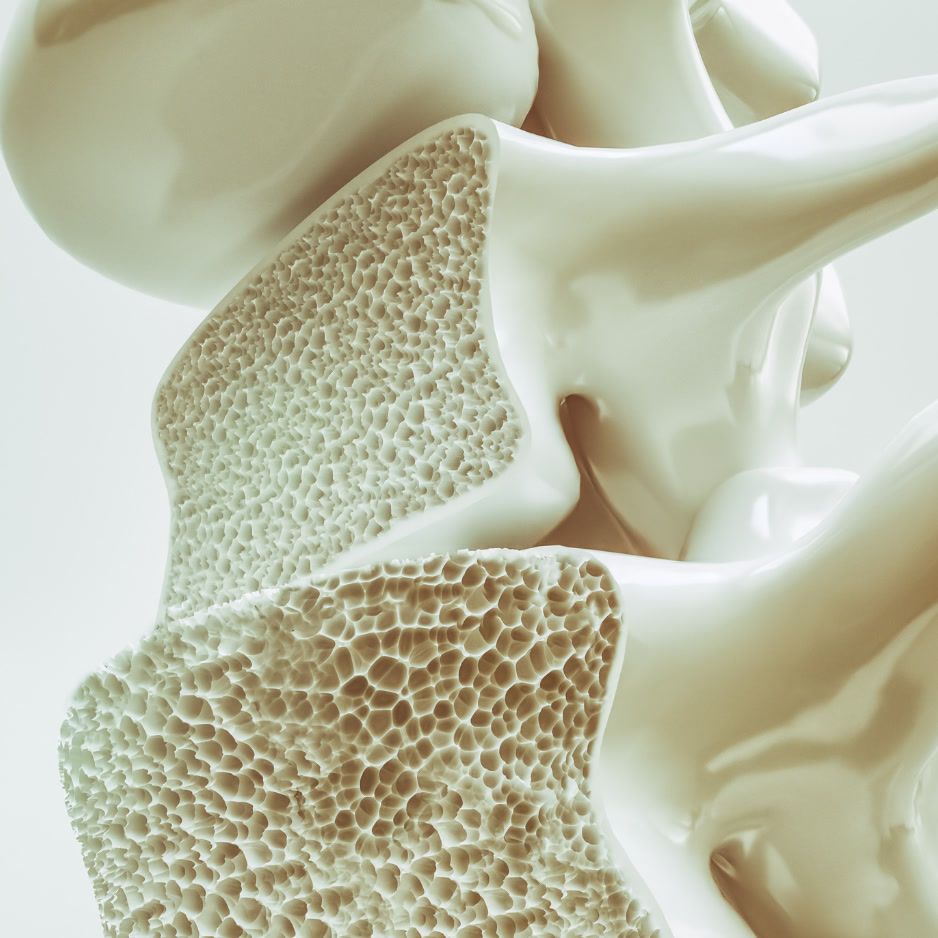Creatine Calculator: Personalized Dosage Plan

Creatine Calculator: Your Personalized Dosage Plan
Looking for a creatine calculator that gives you clear, personalized numbers fast? You’re in the right place. Enter your details, and we’ll recommend your daily grams for loading (optional), maintenance, and a simple hydration plan—so you can start confidently today.
Quick result: Most people do well with 3–5 g/day. If you want faster saturation, load at ~0.3 g/kg/day for 5–7 days, split into 3–4 servings (JISSN Q&A, 2021).
This tool is based on consensus guidance from the International Society of Sports Nutrition (ISSN) and peer‑reviewed reviews. It’s educational, not medical advice. If you have kidney concerns or other health conditions, talk to your clinician. Please note: this is a supplement calculator for creatine, not a clinical calculator for creatinine (a marker of kidney function).
Quick Start: How to Use This Calculator
- Enter your body weight (lb or kg). For maximum precision, you can enter lean mass directly (from a DEXA scan). If you don’t have lean mass, enter body fat % and the calculator will estimate lean mass for you.
- Choose your diet (omnivore vs. vegetarian/vegan) and training intensity/duration.
- Pick your approach: fast load (5–7 days) or steady 3–5 g/day without loading.
- Get your plan: daily grams, easy splits (e.g., 4 × 5 g for loading), your maintenance target, and a training‑day hydration plan.
Tip: If you’ve done a BodySpec DEXA scan, plug in your measured lean mass for the most precise estimate. If not, estimate using our Body Fat Percentage Calculator or book a DEXA scan.
Your Personalized Dosing Plan: What the Numbers Mean

- Loading (optional): ~0.3 g/kg/day for 5–7 days, split into 3–4 servings (for comfort). Example: 20 g/day ≈ 4 × 5 g. This fills muscle stores faster (JISSN Q&A, 2021).
- Standard daily dose: 3–5 g/day (or ~0.1 g/kg/day) for everyone—either to maintain after loading or if you skip loading altogether.
- If you skip loading: Expect ~3–4 weeks to reach similar saturation on 3–5 g/day (JISSN Q&A, 2021; Nutrients timing review, 2021).
- Calculator output: You’ll see a range plus a recommended starting dose based on your inputs.
- Lean‑mass personalization: Using your lean mass provides a more personalized dose, often aligning with the upper end of the standard range if you have significant muscle mass and train intensely.
- Timing: Consistency beats exact timing. Some studies hint post‑workout may have a small edge, but results are mixed—take it when you’ll remember it (Nutrients timing review, 2021).
- Diet note (vegetarian/vegan): Baseline stores tend to be lower, so you often see great results with standard dosing. No special “mega dose” required. Our calculator adjusts the maintenance dose toward the higher end of the effective range to help replenish lower baseline stores more rapidly (JISSN Q&A, 2021).
- Pick the right form: Choose creatine monohydrate—the gold standard for results, safety, and cost. Other forms haven’t beaten it in head‑to‑head data (NIH review, 2022; Comparative trial, 2024).
- Water weight & DEXA: Creatine increases total body water without harmful fluid shifts (2003 trial on body water). If you track with DEXA, keep your pre‑scan routine consistent. See our DEXA Accuracy Guide.
- Kidney note: In healthy adults, recommended doses haven’t been shown to harm kidney function. A mild rise in lab creatinine is expected and doesn’t mean your GFR dropped; people with diagnosed kidney disease should ask their clinician first (Kidney function review, 2023).

For a deeper dive on the loading option, see: Creatine Loading Phase: How‑To, Schedule & Safety.
Hydration Planner (Built Into Your Results)

Creatine doesn’t dehydrate you when used as directed—and may even be protective in some contexts (Safety review, 2024; JISSN Q&A, 2021). Your plan follows athlete‑tested basics:
- Before training: ~500 mL (17 oz) about 2 hours pre‑exercise (ACSM Position Stand (2007)).
- During training: Drink to thirst and avoid finishing heavier than you started (helps prevent hyponatremia). For sessions >1 hour, include sodium (~0.5–0.7 g/L) via a sports drink or salty foods (ACSM Position Stand (2007)).
- After training: Replace remaining losses over ~2 hours with fluids + normal dietary sodium.
Want the full breakdown? Read Electrolytes and Hydration: A Science‑Backed Guide.
Sample Plans (for Illustration)
| Scenario | Loading / Daily Dose | Hydration |
|---|---|---|
| 150 lb (68 kg) omnivore, fast load | Loading: 20 g/day (4 × 5 g) for 5–7 days; Maintenance: 3–5 g/day | Pre‑workout: ~17 oz (~500 mL) |
| 180 lb (82 kg) vegan, no loading | Daily dose: 5 g/day (upper end within range); Saturation timeline: ~3–4 weeks | Rest‑day baseline: Follow thirst; aim for pale‑yellow urine |
Creatine vs. Creatinine: Don’t Mix Them Up

- Creatine: The supplement in this calculator that helps fuel high‑intensity performance.
- Creatinine: A normal breakdown product your body makes; used to estimate kidney function. If you need a creatinine/eGFR calculator, use a clinical tool—this page isn’t for that.
FAQs
-
How much water should I drink with creatine?
You don’t need to drink excessive amounts of water—take your dose with a glass of water and follow everyday hydration habits. On workout days, use the hydration plan above; creatine itself doesn’t dehydrate you (Safety review, 2024). -
Do I have to load?
No. Loading speeds saturation, but 3–5 g/day will get you there over the next few weeks (JISSN Q&A, 2021; Nutrients timing review, 2021). -
Best time to take creatine?
The time you’ll stick with. Studies on pre‑ vs post‑workout are mixed; if anything, post‑workout has a slight edge—but daily consistency matters most (Nutrients timing review, 2021). -
Is 5 g/day enough if I’m big or train hard?
For most, yes. Prefer a weight‑based rule? ~0.1 g/kg/day fits (e.g., ~7–10 g/day at 70–100 kg). The calculator shows both (JISSN Q&A, 2021). -
Will creatine affect my BodySpec DEXA results?
Creatine can nudge total body water and scale weight up slightly. Keep scan prep consistent to track true trends over time (2003 trial on body water; DEXA Accuracy Guide). -
Is creatine safe long‑term?
In healthy adults using recommended doses, long‑term use is well‑supported. If you have kidney disease or take medications known to affect the kidneys, ask your clinician first (Kidney function review, 2023).
Make It Personal with Objective Data
Dial in your plan with objective data: get your exact lean mass with a BodySpec DEXA scan so your creatine plan reflects your body—not averages. Book your scan, use your lean mass in the calculator, and re‑scan in 8–12 weeks to quantify changes accurately.


